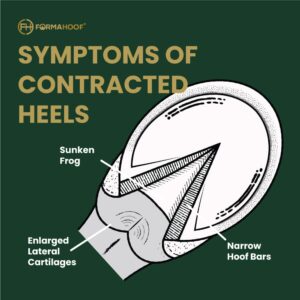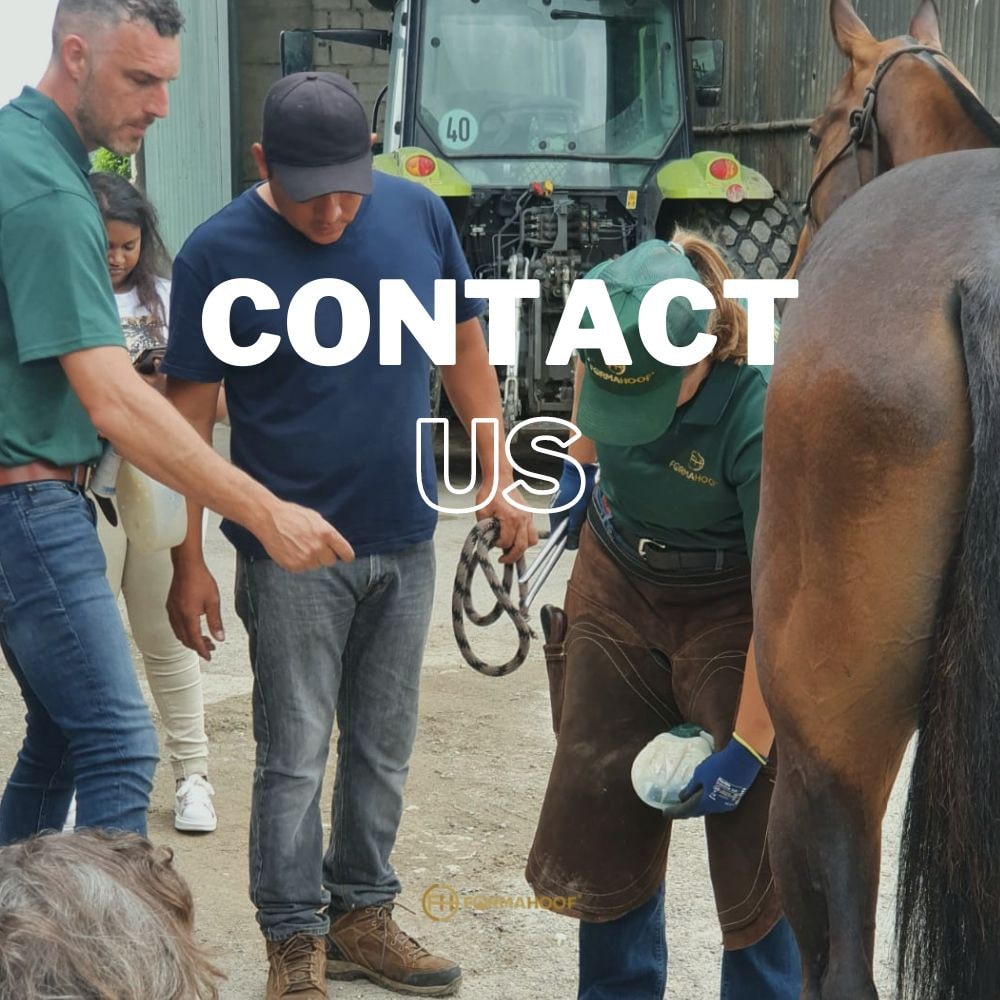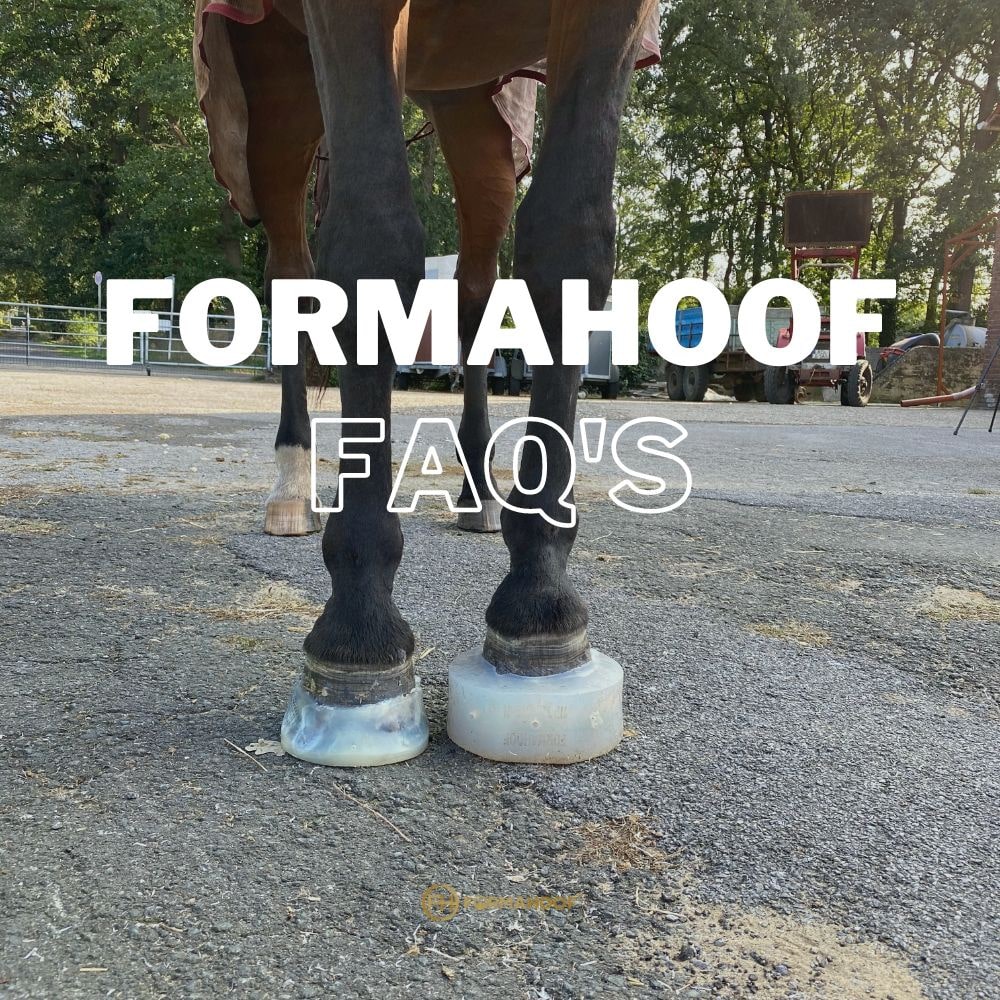Bringing your horse back into work after an off-season holiday, injury, illness, or any other cause for a break, is not as simple as putting a saddle on and riding away as though nothing happened. The temptation is big, but conditioning a horse correctly always takes time and a training plan should be developed to get the best results.
Depending on the cause of your horse’s long- or short-term break, it is beneficial to make a strategic plan to reintroduce your horse to work and movement. While it may seem easier to reintroduce a horse that has been on a turnout break to work than a horse that has been on stall rest for several weeks or months due to injury, both need time and commitment to get the best results and to increase the chances that the horse will stay sound and healthy for a longer time.
Before bringing any horse back into work after a long break, it is important to give them a full health check, including feet, teeth and tack.
Back On Track – 5 Steps To Reintroduce Your Horse To Movement (Work) After Stall Rest
Stall rest can last from a few days for minor problems to a few weeks or even months for more severe injuries, surgery recoveries, or rehabilitation of pathologies such as laminitis. It is important to know that by the end of three or more months of inactivity, all conditioning your horse had is essentially lost. Even if the horse had plenty of turnout, many horses don’t do much more than eat and stand around, especially when the weather and ground conditions are bad
When the right time is to introduce your horse back to movement should be discussed with your veterinarian and be part of the overall treatment plan to overcome your horse’s current condition. However, the most common steps to reintroduce your horse to movement starts with hand-walking.
Hand-walking
Your vet will give you an indication of when the right time is to start hand-walking your horse and this can often begin while an injury is still healing. It is recommended to start with as little as 5 minutes in a straight line. If your horse has been on stall rest for a while and is getting too excited or spooky, talk to your vet as a mild sedation may be required to make sure sudden, sharp movements (bucking/rearing) do not impact the rehabilitation process. Try to increase the time of walking by 1 minute daily or 5 minutes a week, depending on the type of injury your horse is recovering from. Your vet will give you clear instructions.
Long-reining Or Walking Under Saddle

Long-reining can be useful for horses undergoing rehab as it allows them to gain strength without dealing with the additional weight of a rider. Having not had a saddle on their back or dealt with a rider for a while, it can be highly beneficial to allow your horse to strengthen their back before mounting. Keep it to straight lines rather than turns.
Once you get the green light from your vet and it is time to saddle up, start introducing your horse to walking work only. The time can vary and may be increased up to 45 minutes before you start trotting.
Read Hugo’s Laminitis Recovery Story
Start Trotting
This phase can happen anywhere between week 3 to week 6 after introducing your horse back to exercise, though in severe cases of laminitis longer may be needed.
It is important to gradually reintroduce your horse to trot, meaning you may start with only one round in the arena or one short straight line of trot per rein and gradually increase the number of rounds. Try to avoid sharp turns and small circles, so try to use the space you have to the fullest.
For the first week, you may want to keep your 45+ min of build-up walking work and just include a round of trot, rather than reducing the time of the walking phase. Make sure to place your trot in the second half or third quarter of your riding time to allow all muscles, joints and ligaments to be thoroughly warmed up.
Reintroducing Canter
As for the trot, reintroduce canter slowly and progressively. We are heading towards week 6-10 of a regular rehab case before canter is reintroduced. However, your vet and your horse will give you the green light for this phase.
By now your horse should be working for 60-90 min in walk and trot. As with the trot, start in a straight line and just 1-2 rounds per rein is a good start to get your horse back to canter. Build up canter work and turns gradually over the next few weeks before returning to regular riding. You should avoid cantering on hard ground or uneven surfaces and your horse should be cantering comfortably for at least four weeks before you consider jumping.
Turnout
Regular turnout will likely be the last step to introduce your horse to after recovering from injury or lameness. In turnout, your horse has the freedom to roam and move completely uncontrolled, hence why any return to turnout should be carefully considered and discussed with the vet in charge. You may have the option to include turnout earlier in smaller paddocks which restrict movement, but big fields should wait until your horse has recovered to a stage where it is safe to do so.
- Remember, every injury and pathology is different and a tailored exercise plan should be discussed with your vet.
If you are reintroducing your horse to work after a seasonal or competition break, you may shorten the above steps. However, do a health check before restarting any mounted work. You, your trainer, and your vet know what is best for your horse and goals, so develop a strategic plan to bring your horse back from rest safely. The same applies to letting a horse off after the competition season – it’s important to introduce a cool down phase before sending your horse on a holiday.
Getting Your Horse Back Into Work With FormaHoof
FormaHoof is an excellent shoeing package to provide comfort, support and confidence to horses with various hoof-related problems and lameness. The instant and drug-free pain relief provided by a FormaHoof application often leads to the conclusion that a horse can return to a normal life overnight.
However, we strongly advise that movement is reintroduced carefully for any horse with severe hoof pathologies such as laminitis. While FormaHoof provides effective support to the external and internal structure of the foot, the internal structures of severe hoof diseases still require time to heal and baby steps on the ladder back into work are needed.
While severe cases may require baby steps, FormaHoof can enhance the return to ridden work for horses with minor hoof related problems such as white line disease, cracks and more.
After The Rehab Doesn’t Have To Be Before The Rehab

While horses on stall rest need extra hoof care and cleanliness, hoof related problems can be a by-product of any injury a horse is recovering from.
For horses with injuries of the musculoskeletal system (especially single limb (one-sided) injuries) FormaHoof provides the perfect solution to avoid accessory symptoms on other limbs, thanks to the even weight distribution across the entire hoof. Horses with long standing injuries on one limb can develop mechanical laminitis and other diseases on the weight carrying limb(s), but the risk of these can be significantly reduced by using FormaHoof.
Cleanliness is another important factor to avoid nasty surprises on the road to recovery. Horses on stall rest require additional mucking out and may require additional bedding. Being trapped in the stable 24/7 means a lot of urine and faeces can accumulate under foot.
FormaHoof not only allows you to protect your horse from accessory symptoms but also protects the feet 24/7 from invading bacteria caused by urine and faeces, preventing thrush and other hoof pathologies such as white line disease.
Top Tip – The Surface You Work Your Horse On
Ground conditions can have a huge impact on the progress of your horse’s rehab. The best surface will be a level, even and mostly straight surface, such as firmly compressed sand or artificial arena surfaces.
Misconception Of Road Work For Tendon Rehabilitation In Horses
A common misconception about the rehabilitation of tendons on roads may be overruled by various vets, including Dr David Marlin, a scientist dedicated to animal health and welfare: Evidence from research at Cambridge:
“Roadwork results in forces on the hoof around 20x higher than working on good grass or artificial surfaces. A great deal of this is absorbed by the hoof, fetlock and bones below the knee but may still lead to damage to joints. Firm wet sand is better than roads but still around 8x harder than good grass or good arena surface.
“Roadwork DOES NOT “harden” or strengthen tendons!
“There is nothing special about roads – other than they (normally) provide a consistent, level and straight surface for controlled exercise which is essential for tendon rehabilitation. However, in rehabilitating your horse’s tendons with excessive amounts of roadwork you may well be damaging your horse’s joints significantly – which would be a consideration for horses with pre-existing joint disease. Also, although appropriate rehabilitation exercise promotes tendon repair (and in fact is essential for the tendon “fibres” to align properly), the evidence shows that the repaired tendon is:
- not healthy normal tendon and contains scar tissue and tendon
- tissue with an abnormal structure;
- is stiffer than before injury;
- functions less well;
- is more likely to be re-injured.”
This being said, bringing your horse back into work for whatever reason should always take place with a plan, and for cases of injury or hoof pathologies in consultation with your trusted veterinarian.














